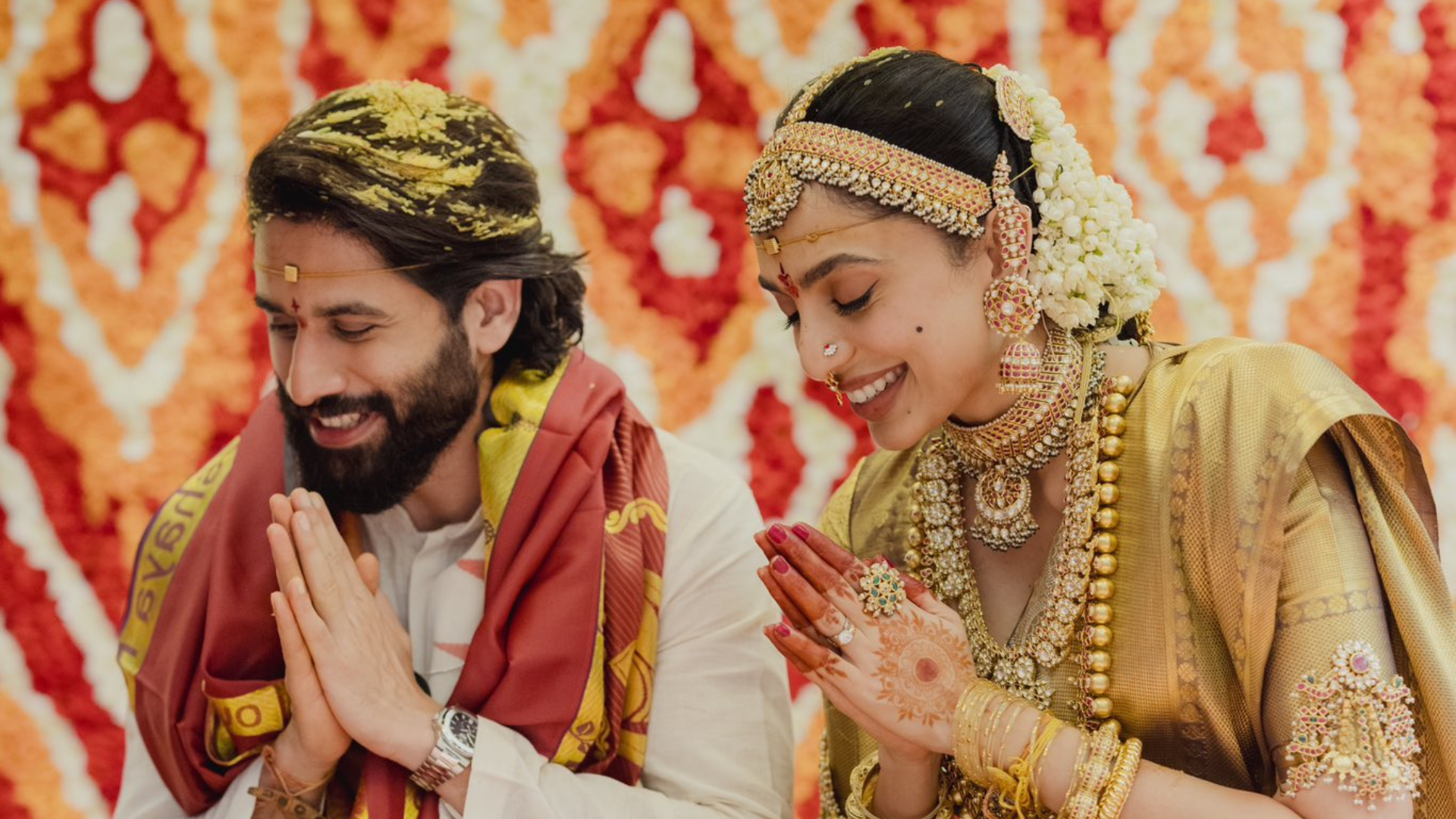On the 25th anniversary of Kargil Vijay Diwas, in order to celebrate India’s victory over Pakistan In the 1999 war, Prime Minister Narendra Modi paid his tribute to the bravehearts who lost their lives to the Kargil war at the Drass War Memorial. However, the lesser known fact about the time during the war was that Narendra Modi, then the Bharatiya Janata Party’s General Secretary, had paid a visit to Srinagar with essential supplies for the soldiers and even met the injured amidst the war.
The Indian Army had declared the successful ‘Operation Vijay’ on July 26, 1999. The had announced their victory over the Pakistani counterparts after a battle that had nearly lasted three months on the icy frontier of Kargil in Ladakh. Therefore, the day of is observed as ‘Kargil Vijay Diwas’ to commemorate India’s victory over Pakistan in the war.
And while the Indian Army had fought an intense battle at Kargil altogether, there were some struggles and wars that were also faced by the nation during the Kargil war, which is known to one of the most difficult terrains in the world. The focus switched to Tiger Hill, which looms above all other mountains in the neighborhood of Drass hamlet in the Ladakh region, following a bloody battle in Tololing and the effective capture of the peak.
“A pilgrimage of a lifetime” – @narendramodi‘s Lessons from the Kargil War Front 25 Years Ago
Today marks #25YearsofKargilVijay, a defining moment in India’s history. Pakistani troops infiltrated deep into Indian territory, prompting India to launch Operation Vijay. The Indian… pic.twitter.com/zZLyE1h5dZ
— Modi Archive (@modiarchive) July 26, 2024
Battle of Tiger Hill
The Kargil War, which unfolded in 1999, saw Pakistani troops infiltrate deep into Indian territory, prompting India to launch Operation Vijay. The operation involved fierce battles and ultimately led to the successful reclaiming of territory, including the strategic Tiger Hill, which was secured on July 4, 1999. The culmination of the operation on July 26, 1999, marked the end of the conflict and the restoration of Indian sovereignty over the contested regions.
On the website of the Defence Ministry, it is stated that during the winter of 1998, Pakistani trespassers held positions atop this mountain, giving them control over a stretch of the Srinagar-Leh NH 1A. Tiger Hills, located approximately 10 km north of the highway, provided Pakistani artillery Observation Post officers with a commanding view of the National Highway, enabling them to direct precise artillery fire into the NH 1A. NH 1A links Srinagar and Leh in Ladakh and is a vital road to the Siachen Glacier. About forty enemy soldiers were thought to be stationed on Tiger Hill, and more forces were spotted moving through the surrounding terrain.
After arriving at Drass from the Valley, the 192 Mountain Brigade was assigned to the 8 Mountain Division, which was led by Major General Mohinder Puri. It was 18 Grenadiers’ mission to drive out the enemy and retake the summit as soon as possible. General Puri sent them, along with 13 JAK RIF, to Headquarters 192 Mountain Brigade.
On July 3, at 2000 hours, the soldiers of 18 Grenadiers began their mission, departing from the strong base as planned. Major RS Rathore effectively led his A Company to the specified region known as Tongue and successfully conquered it. Meanwhile, Lieutenant Balwan Singh led the Commando Platoon as it approached the peak of Tiger Hill. Lieutenant Balwan Singh and his platoon were steadily pushed back, until finding refuge at D Company’s position, only 30 yards from Tiger Hill’s summit.
On the night of July 4/5, the fire bases advanced to a position just short of Tiger Hill Top, where they were grouped under Officer Commanding (OC) C Company, Colonel (then Major) Mijar Captain Nimbalkar, accompanied by D Company and the Commando Platoon, silently ascended the uphill terrain, successfully reaching the summit of Tiger Hill. Despite being wounded, Lieutenant Balwan Singh commanded his platoon.
Grenadier Yogendra Singh Yadav, the lead Ghatak, confronted the advancing counter-attack while being injured, successfully neutralising two hostile troops. Grenadier Yogendra Singh Yadav threw a grenade into the sangar, killing four more enemy soldiers with his assault weapon. However, due to his injuries, he collapsed. Pakistani forces opened fire on the lifeless bodies.
Grenadier Yadav had already sustained nine bullet wounds, yet he stayed alive and silent, listening to the Pakistani soldiers’ preparations.
In his attempt to pass on that information, he crept through to Captain Nimbalkar’s post and fell again. He received the Param Vir Chakra for his extraordinary heroism.
Brigadier Bajwa ordered 8 Sikhs to bolster the footing Subedar Nirmal Singh had created on Helmet. In response, Lieutenant RK Sherawat and a small party of troops marched up to the region on July 5 and 6. Captain Nope Singh joined Lieutenant Sherawat on July 6. They had a combined strength of approximately 70 men. These forces positioned themselves between the Top and the Tongue. Under heavy bombardment, Colonel SP Singh, the Commanding Officer (CO) of 8 Sikh, addressed his soldiers, asking them to stand firm and defend their positions against the enemy’s attack. 8 Sikh surprised the enemy with their quick and resolute action, successfully recapturing Helmet and forcing the enemy to retire to Shivling and Point 5060. The opposing forces maintained strategic positions on the western slope and the Collar.
On the night of July 6-7, 18 Grenadiers secured the Top and Tongue, two critical positions. The following night, July 7 and 8, they effectively cleared the enemy from Top’s reverse slopes. Simultaneously, B Company was tasked with connecting Top from the east. In the south, a company captured the Collar area, expanding friendly troops’ authority. Meanwhile, Captain Das Gupta led C Company, together with the Ghataks, on the expedition to seize Rocky Knob. With concerted efforts, all of the companies were able to connect with one another and form a cohesive front. By 0800h, the strategically important Tiger Hill had been seized.
During this engagement, India lost nine brave troops who gave the ultimate sacrifice. One officer, four Junior Commissioned Officers (JCOs), and 32 soldiers were injured while on duty during the conflict.
PM Modi In Himachal Pradesh
During the war, Narendra Modi, who was then a General Secretary of the Bharatiya Janata Party (BJP), undertook a critical mission. Modi traveled to the conflict zone in Himachal Pradesh aboard a Mi-17 helicopter carrying essential supplies for the troops. Despite continuous shelling from Pakistani forces, Modi and his team managed to reach Srinagar safely.
In a powerful interaction with soldiers, Modi expressed his gratitude for their bravery. The soldiers, however, attributed their success to then-Prime Minister Atal Bihari Vajpayee. They recounted how Vajpayee’s refusal to visit the United States, despite an invitation from President Bill Clinton, inspired them to fight with renewed vigor. The soldiers’ morale was significantly boosted by their leader’s commitment to their cause.
PM Modi At Army Hospital, Srinagar
Modi’s visit also included a poignant moment at the Army Hospital in Srinagar, where he met a soldier who had lost both arms and legs in a mine explosion. Despite his severe injuries, the soldier’s spirits remained high, driven by the news of Tiger Hill’s recapture. This encounter underscored for Modi the crucial role of morale in warfare.
During his visit, Modi interacted with over 150 soldiers across various locations, including Kargil, Srinagar, and Udhampur. He was struck by how soldiers identified themselves by their battlefronts—Dras, Batalik, and Kargil—rather than by their native places. This collective identity and shared mission highlighted the soldiers’ dedication to their nation over regional affiliations.
Modi also reflected on the political climate during the conflict. He criticized opposition parties for politicizing national security issues, drawing a contrast with the unity shown during the 1971 war under Indira Gandhi. He specifically questioned Sonia Gandhi’s silence during the Kargil conflict, emphasizing how such silence was perceived as detrimental to national unity.



















